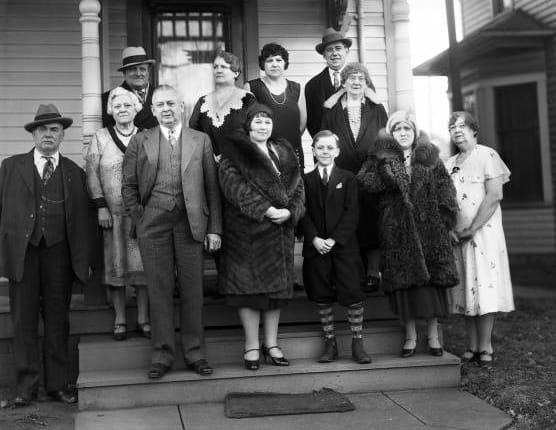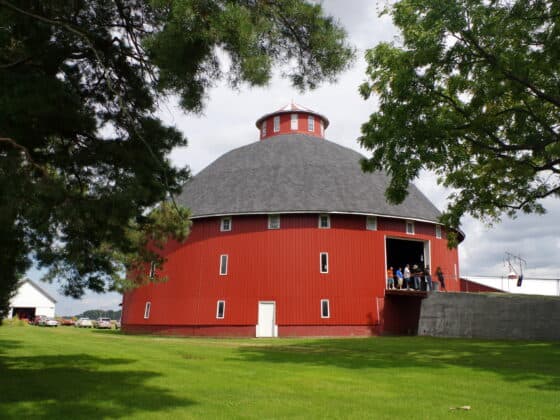Today, people from all backgrounds claim the title “Hoosier.” Indiana Historical Society’s traveling exhibit Who Is a Hoosier uses maps, infographics, and photographs to illustrate what the word means. But where did the name come from?
Hoosier was already a widely used term in the 1830s, but its origins aren’t clear. Perhaps it stems from the word “Hoosa,” meaning American Indian maize or cozrn. Or it could come from a canal contractor named Hoosier whose employees were called “Hoosier’s Men.” But there are more colorful explanations, too.
Indiana poet James Whitcomb Riley joked that the word came from a tavern fight. During the altercation someone’s ear was cut off and was left laying on the floor. The person who found the ear yelled out, “Who’s ear?” Another, maybe not quite so far-fetched, theory is that early settlers responded to knocks on cabin doors with “Who’s yer,” meaning “Who’s here?”
Wherever the word Hoosier came from, it now simply replaces the term Indianans. Hoosier reflects a birthplace, yes. But it also describes the characteristics of the people who are born and live there. Their self-reliant, independent natures. Indiana author, humorist and playwright George Ade described a Hoosier as “a student by choice, a poet by sneaking inclination, and a storyteller by reason of his nativity.”
Who Is a Hoosier and nearly 20 other traveling exhibits are available for any organization to display.
Visit indianahistory.org for details.












